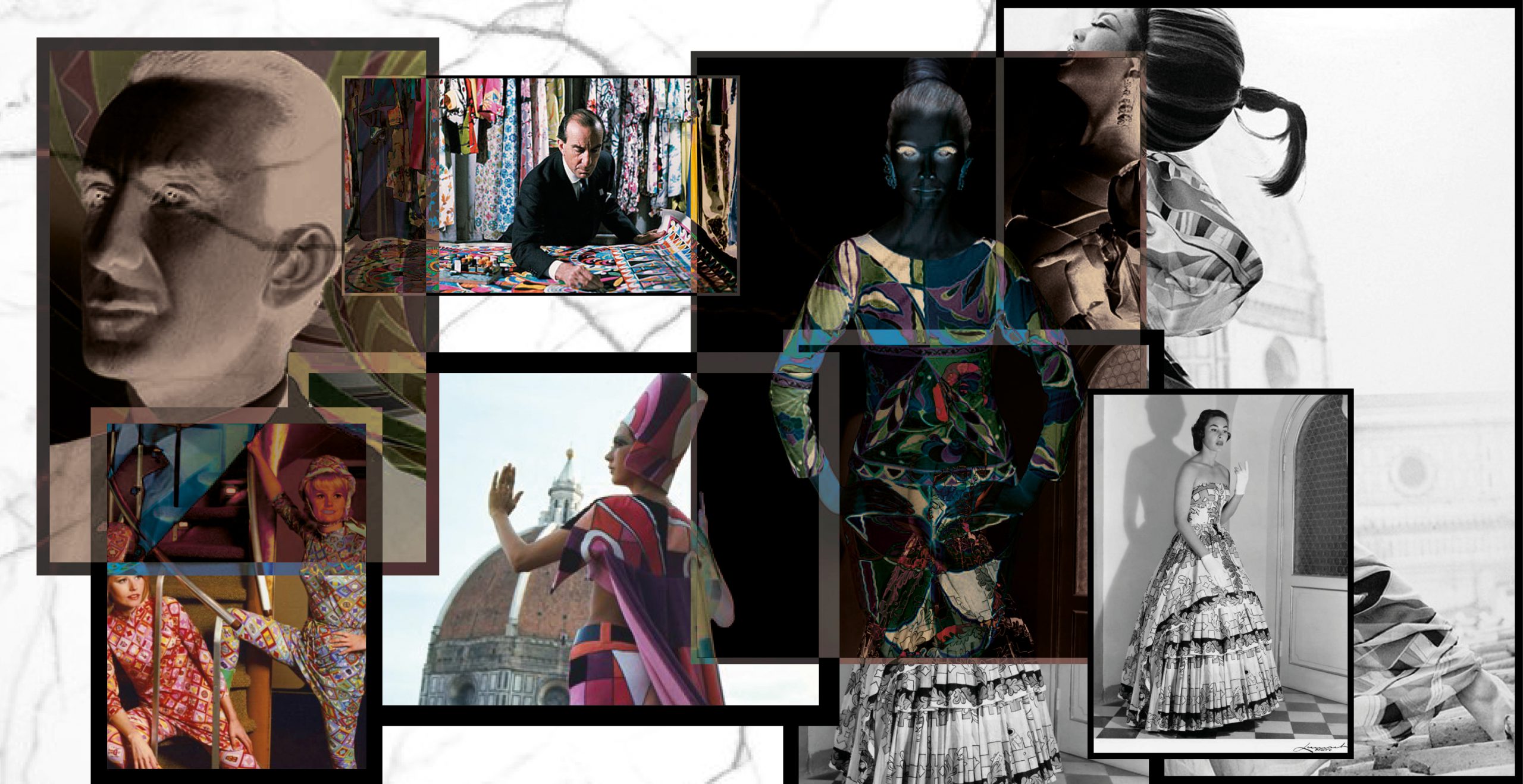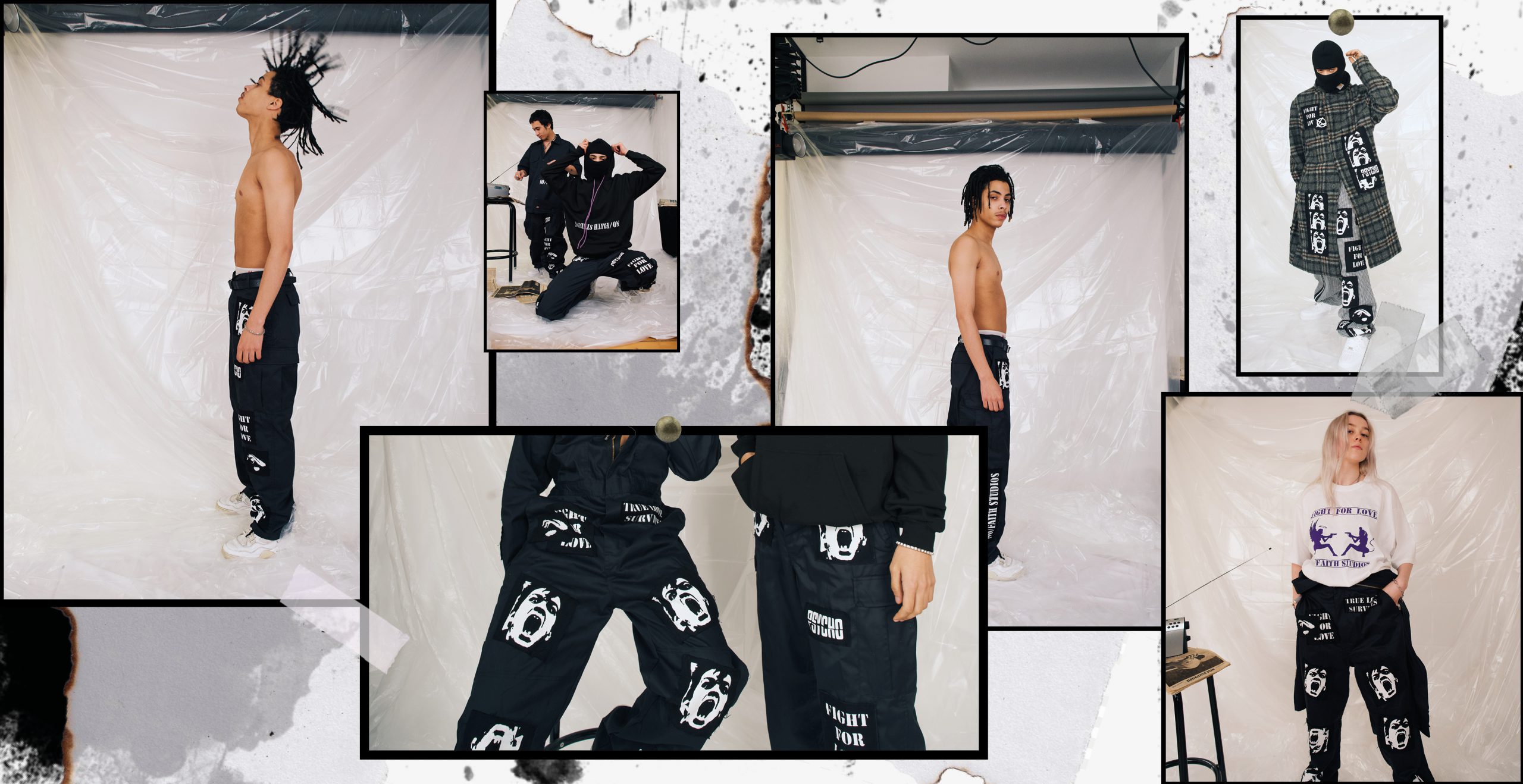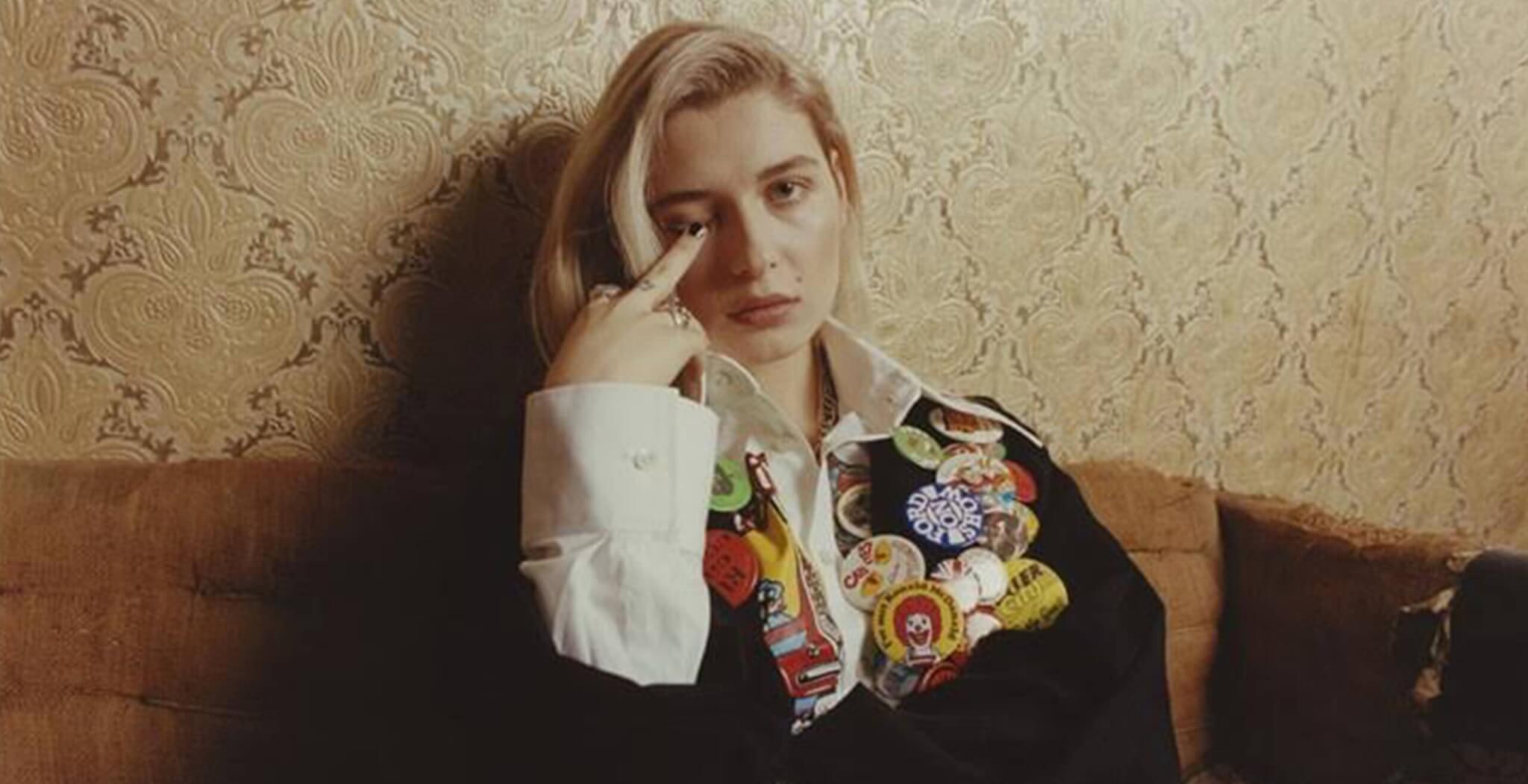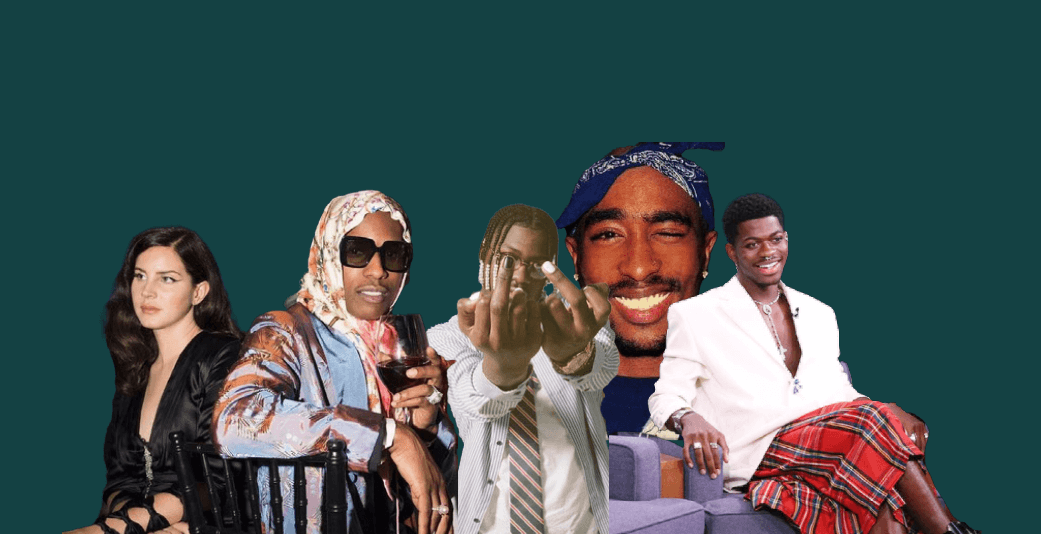It’s springtime, the groundhog season of flowery prints of all sorts, happy colors and graphic patterns, so for this week’s fashion throwback we’re reaching out far into the archives to introduce you to work and life of Emilio Pucci, whose designs enchanted stars like Sophia Loren, Marilyn Monroe, Grace Kelly and even Jackie Kennedy.
Emilio Pucci was born in Neapel in 1914 as son of one of the oldest noble Italian families. His home address was Pucci Palace, built for his family nearly 1,000 years ago. We don’t know too much about his childhood and the time of World War I, but it is known that his studies brought Emilio Pucci from Milano to the USA, where he studied cotton agriculture at the University of Georgia. He also studied further in Athens and social sciences at Reed College in Oregon, where he graduated with a master degree in 1937. Five years earlier he had become a member of the Olympic Ski Team in Italy and had been offered a scholarship.
Designing new sports uniforms for his Ski Team at Reed had brought Pucci to fashion and after years of more studies in more cities all over the world and, as we know, after World War II, Emilio Pucci came back to Italy, to fashion designing and to his great breakthrough in 1947. When fashion photographers captured a woman in Zermatt, wearing Pucci’s fitted and innovative skiing clothes, Portland clothing company owner Harold S. Hirsch eventually decided to manufacture his designs. Pucci himself later would say it more profoundly:
“How did I get to my work? Well, I’d have to admit to one great weakness – pretty girls.
Maybe that’s the cause of it all.”
His popularity peaked in the 60’s when he designed plenty and plenty of wonderful patterns and many iconic dresses and even though his biography shows also the dark influence of Italian fascism at times of war, the optimism in the language of his designs outlasted until today and the house of Pucci transitioned its history into the now like only a few could manage!
Writer Raymond Rendleman sums it up perfectly in 2014:
“But Emilio was more than that. His story also slaloms through some imposing philosophical moguls. Throughout his long and productive life, he struggled to reconcile diametrically opposed ideas: his youthful infatuation with fascism with his belief in freedom and opportunity; his loyalty to his homeland and his love of his adopted country; his distrust of materialism while embracing an inherently materialistic medium. What he managed in his lifelong quest was nothing short of astonishing: He predicted and designed for a future in which everyone would have to negotiate their own such opposing forces.



























